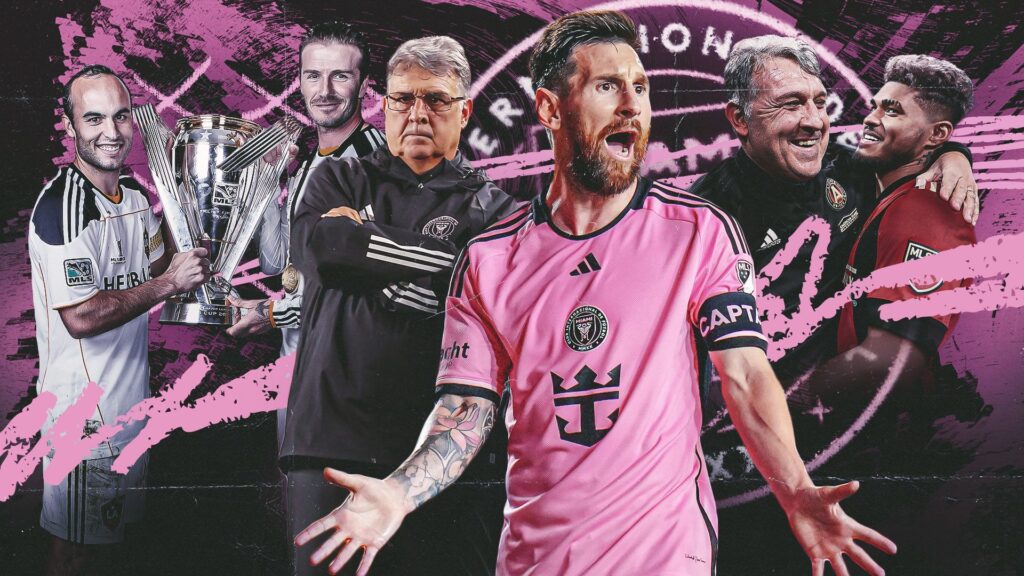When Inter Miami crashed out of the 2024 playoffs Saturday night, it felt as if the American soccer community had come to a standstill.
That’s how American sports goes, though. It’s the playoff format, it’s the excitement of a Cinderella story in a major tournament, like Atlanta United had accomplished. It’s the storyline audiences typically crave, whether it be in College sports, the NFL, NBA, NHL, MLB, WNBA, etc. No matter the sport, the narrative follows.
What becomes more noticeable than anything, though, is the response. How does a team like Miami respond to an embarrassing and stunning defeat in Round 1 of the playoffs? Well, it needs to start with a hard look internally, and specifically, at their transfer strategy and roster assembly.
The Herons brought in 10 players to strengthen their 2024 title push, but only four started in their elimination game. Arguably, only three – Luis Suarez, Federico Redondo, and Julian Gressel – found any real success, each excelling at different points in the season. Others such as Matias Rojas and Marcelo Weigandt all played big roles during the campaign, but never found their footing with the club on a consistent basis.
Only one of those 10, Gressel, had previous MLS experience, and others like Yannick Bright and Leo Afonso – MLS SuperDraft picks – were thrown into the mix with no professional experience prior. Miami’s transfer strategy ignored a key component of finding success in this league: embracing it.
Whether that be through the recruitment of league veterans or trading for intra-league talent to bolster the roster, MLS teams have always found success by relying on the individuals who have figured that out. Miami’s 2024 downfall began when they ignored that crucial part of being a member of the league.
GOAL examines what went wrong with the team’s transfer strategy in 2024 and how they can avoid repeating the same mistakes next season.
